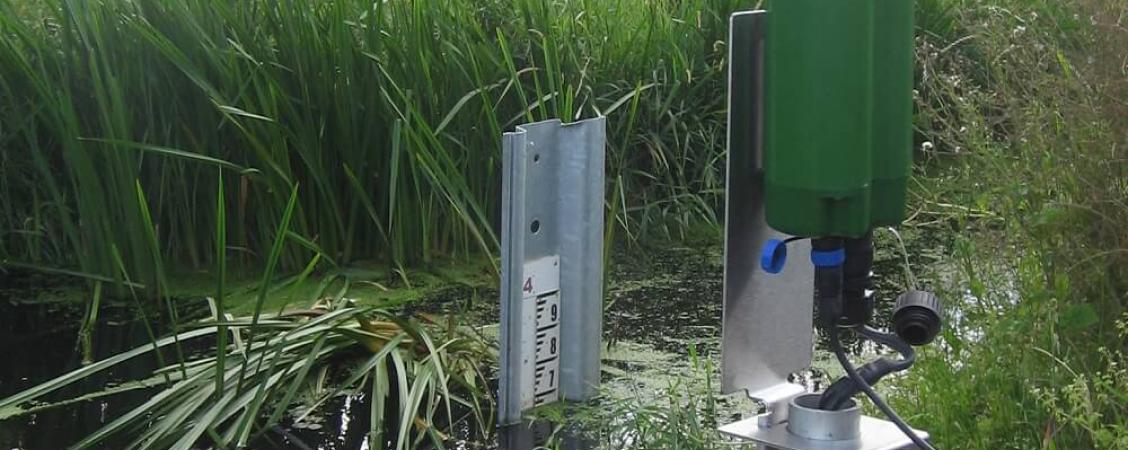
Smart Monitoring
"Smart" water monitoring systems can provide businesses and municipal organisations with critical real-world data to help them make better incident response, planning and asset management decisions, as well as providing big data to support long-term analysis of environmental factors such as climate change.
What is Smart Monitoring of water?
Applied to water networks and the environment, Smart Monitoring is the autonomous remote monitoring of hydrological and climatic factors such as rainfall, water level and water flow, combined with automatic transmission of data to a telemetry or data management system for alerting, data visualisation and analysis.
Smart Monitoring is a form of MEICA (Mechanical, Electrical, Instrumentation, Control & Automation) technology.
Why do organisations need to monitor water?
Network management
In many cases water network management organisations such as utility companies have a legal obligation to monitor water conditions, either for water resource management purposes or for long-term monitoring of climate change.
In these cases, organisations gather huge amounts of data and use it to identify trends such as water supply, water demand and network performance and capacity, which they then use to inform critical decisions about resourcing, purchasing, network management, expansions and upgrades.
These decisions may be costly, and may have impacts that are felt for many years—so having comprehensive, reliable data to support them is critical.
Flood response, planning and mitigation
In the shorter term, monitoring climatic and hydrological conditions in real time provides crucial early warning of flood events, and can give responders valuable time to warn the public, conduct evacuations or carry out flood mitigation or protection activities.
In the longer term, real-world data can help organisations to understand their local flood risk and to develop more effective flood response plans and flood prevention measures.
Why is Smart Monitoring beneficial?
Smart Monitoring combines data gathering, transmission, storage and analysis into a single, integrated system, automatically providing real-time data over a very long time frame.
This helps organisations to get the data that they need efficiently, and in a format that they can digest and use—in a SCADA system, for example.
There are three main advantages to using a Smart Monitoring system for hydrometric, environmental and climate data:
1. It's automated
As an integrated network incorporating collection, transmission and storage, a Smart Monitoring system will gather data and feed it to a telemetry or data management and visualisation system without the need for any input beyond the initial set-up and configuration phase. Once up and running, a Smart Monitoring system will simply get on and do its job.
2. It provides real-world data in real time
Smart Monitoring systems may be configured to collect and transmit data at intervals as short as ten seconds, providing users with real-time insight into environmental and water network conditions. Systems may also be set up with remote cameras, to provide decision makers with an immediate view of the conditions on the ground.
3. It keeps on working
One of the big benefits of an automated, remote system is that, with sufficient battery lifetimes, it may be left alone to gather and transmit data for months or even years without any need for maintenance or support, providing an "always on" flood alert or data collection service.
Data, Insight & Analysis
Find out more about how our data, insight and analysis capabilities can help you make better water management decisions.
What are the limitations of conventional approaches to water monitoring?
Conventional approaches to water monitoring typically involve either manual data gathering, or the use of historical data. In the same way that there are three advantages to using Smart Monitoring, there are three main drawbacks to using a conventional approach:
1. It's expensive and time-consuming
The problem with manual data gathering is that it is time-consuming and resource-intensive, and provides only limited data—it is only able to collect data in as many locations as there are operators available. With travel and subsistence to factor in, monitoring even a modest set of sites very quickly becomes a costly activity; remote or difficult-to-access sites increase the cost further.
2. It's limited by time
Manual data gathering only provides data over the discrete period during which the operator is available to gather and download data. This might be appropriate for spot monitoring, but does not provide the contiguous, long-term insight into conditions that is necessary for meaningful analysis, modelling and forecasting.
3. Data is unrepresentative, incomplete or out of date
The problem with using historical data is that it is, by definition, out of date. In an era when the climate is changing rapidly and 'extreme' weather conditions are experienced more and more frequently, historical data is of less and less value for planning and forward-looking analysis. Old data might also be incomplete, or unrepresentative of current—or future—conditions.
Smart Monitoring solutions
We provide data loggers, telemetry systems and databases to enable people to gather, store and analyse hydrometric and climate data.
View our Smart Monitoring products
We provide expert consulting services and managed hydrometry network design, installation, operation and maintenance.
